Elliott Erwitt: The Master of Absurd and Ironic Photographs
Reading time : 11 minutes
Elliot Erwitt has been called many names over the course of his career, but the one that really stuck was being called a master of Henri Cartier-Bresson’s philosophy of a “decisive moment”. Praise doesn’t get any better than that, does it?
Original name, Romano Erwitz, he was well known for having a keen eye that allowed him to spot absurd moments in everyday life. His photographs depicted the never ending irony that occurs in our lives, although us mere mortals fail to spot it. Elliot Erwitt shot his photographs only in black and white and was considered one of the best to ever dip their toes in the medium. His portfolio includes now iconic photographs of notable figures like Richard Nixon, Che Guevara and Marilyn Manson to name a few. Every photography of his told a story through it, either by conveying a humorous effect or by simply presenting the characters – something many try to achieve but fail to execute as well as he does. Besides his career in documentary photography, Erwitt would go on to establish himself as a magazine, commercial and book advertising photographer.
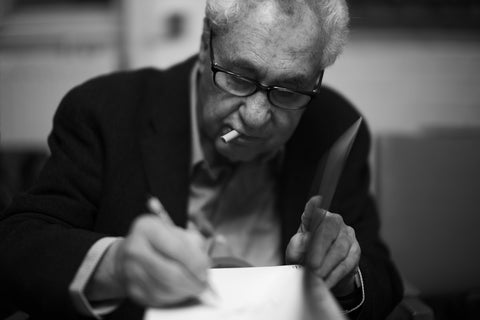
© Elliot Erwitt
Elliot Erwitt was born in Paris in 1928. His parents were Russian emigrants who moved to Milan in the 1930s while he was still a young child. Just a few days before World War II shook Europe and the rest of the world, his parents immigrated to New York, because their Jewish background exposed them to increasing danger. Erwitt would later sarcastically thank Benito Mussolini, saying it was because of Mussolini that he was able to become an American.
His tumultuous childhood did not even here – his parents separated in 1941 and he moved to live with his father in Los Angeles. At the age of 16, his father left for New Orleans to become an antique dealer, leaving Erwitt to fend for himself. His first steps into photography were born out of necessity and not passion as is the case with many others. He began working at a bakery to survive and taught himself photography so he could earn money by photographing weddings and other events.
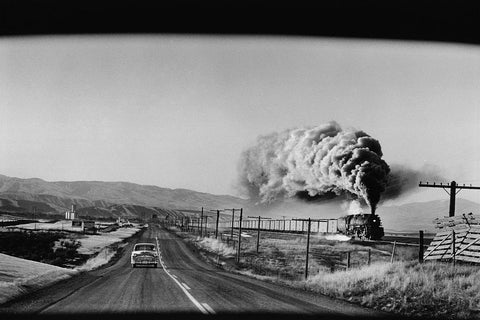
© Elliot Erwitt
While at high school, he began taking photography classes and upon graduation, he began working in a commercial darkroom where he developed “signed” prints of movie stars. He bought a Rolleiflex - the camera of the moment at the time - and continued his photography studies at Los Angeles City College. 1948, he complained that nothing was happening in Cali and moved to New York, taking up filmmaking and photography at New School for Social Research for two years. It was in this city that he crossed paths with Robert Capa, Roy Stryker, and Edward Steichen whose influence helped Erwitt develop his own style and identity. Roy Stryker got him a job in 1950 to document the modernization of Pittsburgh, his first significant photo essay. That would go on to win many awards.
The following year, he was drafted to the military for two years although he still continued to photograph while stationed in Germany and France. It was here that he took a photograph of a Private lying on the bedsprings. Titled ‘Bed and Boredom’ it won a Life magazine photography competition and he was rewarded a congratulatory letter and $1500 from the army general.
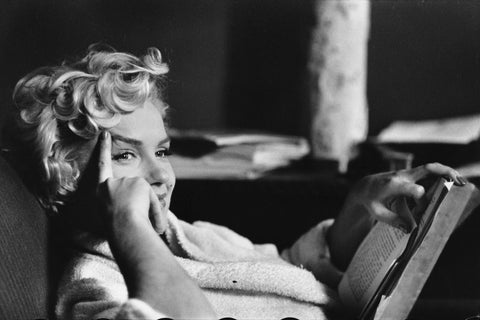
© Elliot Erwitt
Upon his return to New York, he joined Magnum Photos, the invitation only agency that Robert Capa had founded along with David “Chim” Seymour and Henri Cartier-Bresson. This was when his career took off - he would go on to be very successful in the fields of journalism, personal and editorial photography.
In 1955, his photograph of his wife and 6 day old daughter made it to the “The Family of Man” exhibition at New York’s Museum of Modern Art. It is now considered one of the most iconic photographs of the event.
In the 1950s, he traveled to Moscow twice. The first time, he was able to photograph the 40th anniversary of the October revolution and the second time he took one of his best known photographs where president Nixon was shot pointing an accusatory finger towards the Soviet prime minister, an event that would later be called the Kitchen Debate.
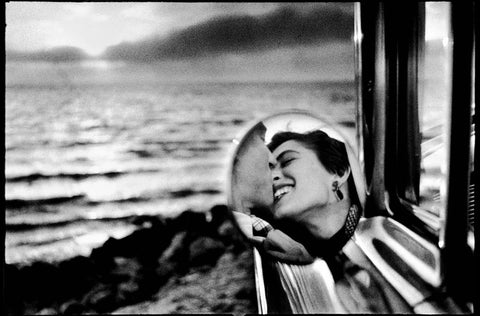
© Elliot Erwitt
Elliot once said that he became a photographer because he was very shy and that he appreciated the fact that a camera allowed him to put some space between himself and the person he was shooting.
The undeniable fact is that every image Elliot Erwitt put out was timeless and unexpectedly humorous. Many of them are now considered classics and have become blueprints for the photographers of today.
While it may be hard to criticize Erwitt’s humor, his work has been plagued with accusations that it was inconsequential, flippant and even lightweight. But with 19 books to his name as well as a recent paperback edition of his career’s best photographs, I think it is safe to say he remains one of the most celebrated artists.
Since he was a member at Magnum Photos since 1953, Elliot Erwitt had the opportunity to work with several noteworthy photographers including Henri Cartier-Bresson. He was involved in film documentaries with Arthur Penn and his first movie was The Director in 1970. He also worked as a producer, cinematographer and camera operator for Gimme Shelter, a documentary focused on the Rolling Stones.
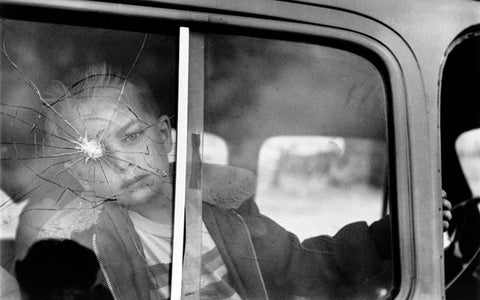
© Elliot Erwitt
One of the more interesting features of his work was his passion for shooting dogs which Elliot considered to be his personal work. The biggest indication of this? His four books were all based on dogs: Elliot Erwitt’s Dogs, Woof, Dog Dogs, and Son of Bitch!
What really made Elliot stand out was that his work was able to stand shoulder to shoulder with other greats like Capa and Steichen despite the fact that his work had a humorous undertone to it when compared to the serious tones followed by others at Magnum. Another unique feature of his work was that he created an alter ego for himself under the name Andre S. Solidor. Initials reading ASS, Andre was a contemporary artist from the Caribbean - French Guiana to be more specific - and was Erwitt’s attempt to mock contemporary art. His alter ego would actually go on to publish his own work in a book called The Art of Andre S. Solidor. It was published in London at Paul Smith Gallery in 2011. Through his alter ego, Elliot Erwitt was able to portray much that his real self would not be allowed to. It many ways, the creation itself could be considered a piece of art, albeit a piece of art that mocks art!
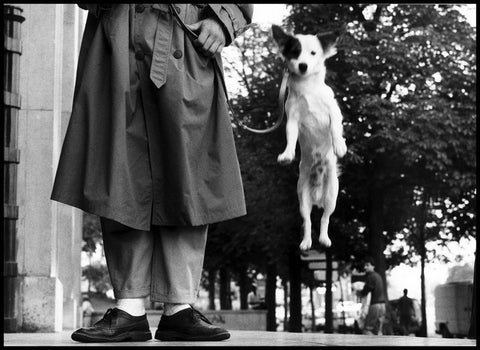
© Elliot Erwitt
The ironic bit is that although his photography was light and humorous, he himself was prickly and often gruff. On his good days though, at holidays and family events, he is known to be very funny with a quirky sensor of humor. However, most of the time, he preferred to leave the talking to his friends, namely Robert Capa, Henri Cartier-Bresson, and Arthur Miller while he faded into the background. His wife says that he is difficult to deal with if you are not used to him but that it mainly stems from people not knowing what to expect – similar to how everyone expects comedians to be funny off the stage and they are not.
Legacy
In the 1960s, he was Magnum’s president for three years before he turned to filmmaking and produced many notable documentaries and comedy films.
Many of Erwitt’s photographs are now so ubiquitous, having appeared on countless posters and advertisements, that many don’t know they are his work – case in point his shot of Provence in 1955. In the 21st century, his reputation has only grown and he has been honored with several art photography gallery exhibitions, most notably a 2011 retrospective held at ICP, New York. He was also awarded the ICP Infinity Award in 2011.
People often do a double take when they realize that Elliot Erwitt is 90 years old – both amusement and bewilderment. A common question is “why hasn’t he retired” but when you are a photographer, what does retirement even look like? Elliot is still continuing strong – he has published four books in the last seven years (including a limited edition photography book) and we are not complaining at all.

© Elliot Erwitt
Art prints on Kakahuette's online art gallery
~FREE delivery to Hong Kong~


